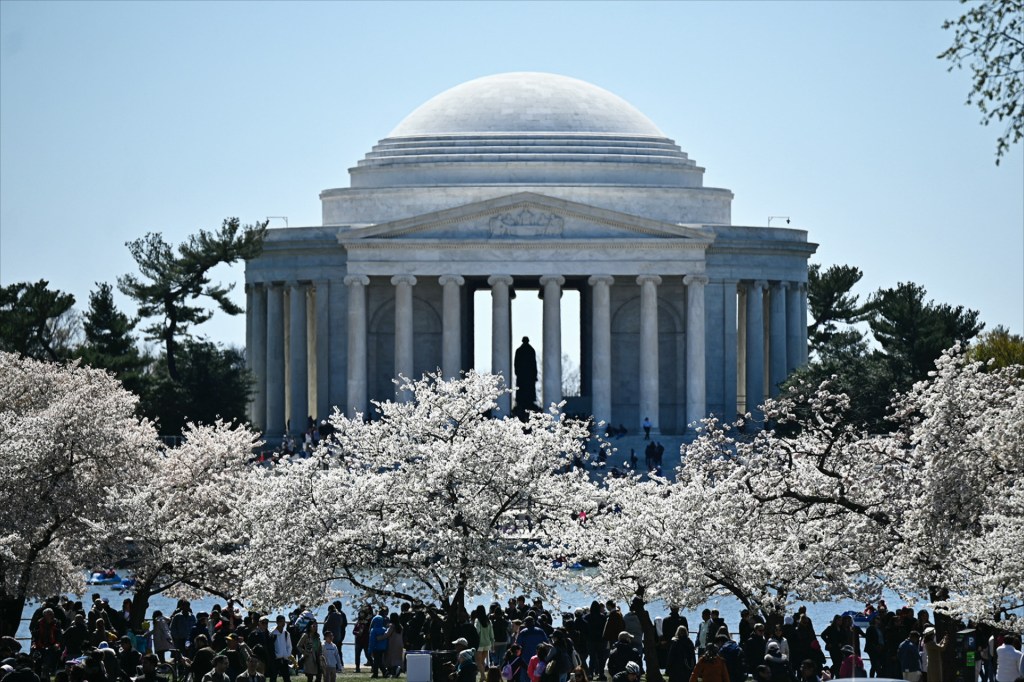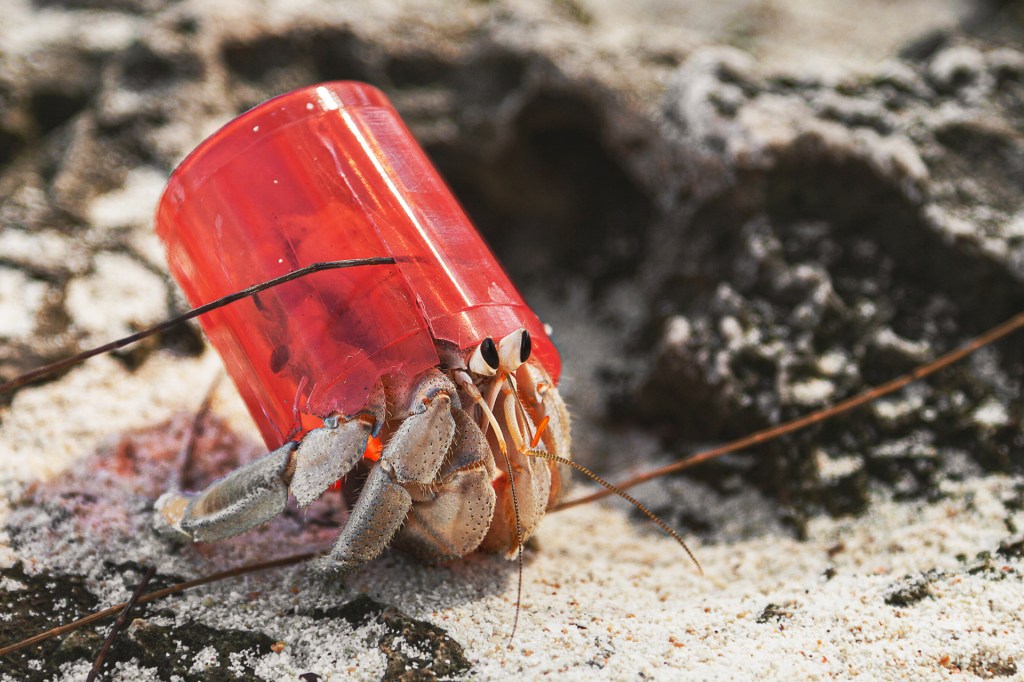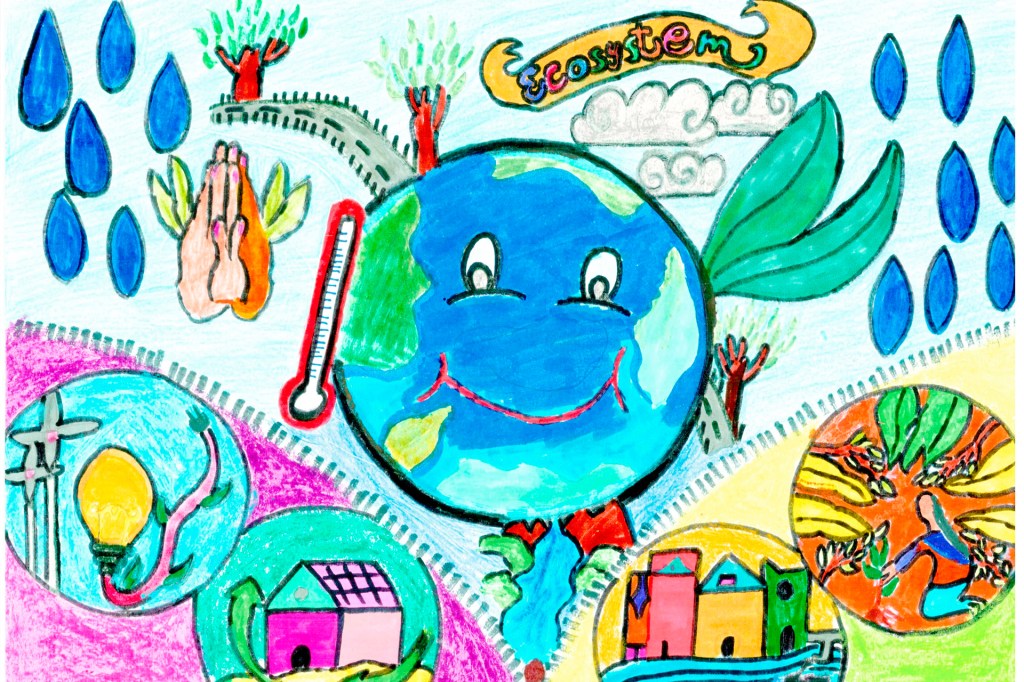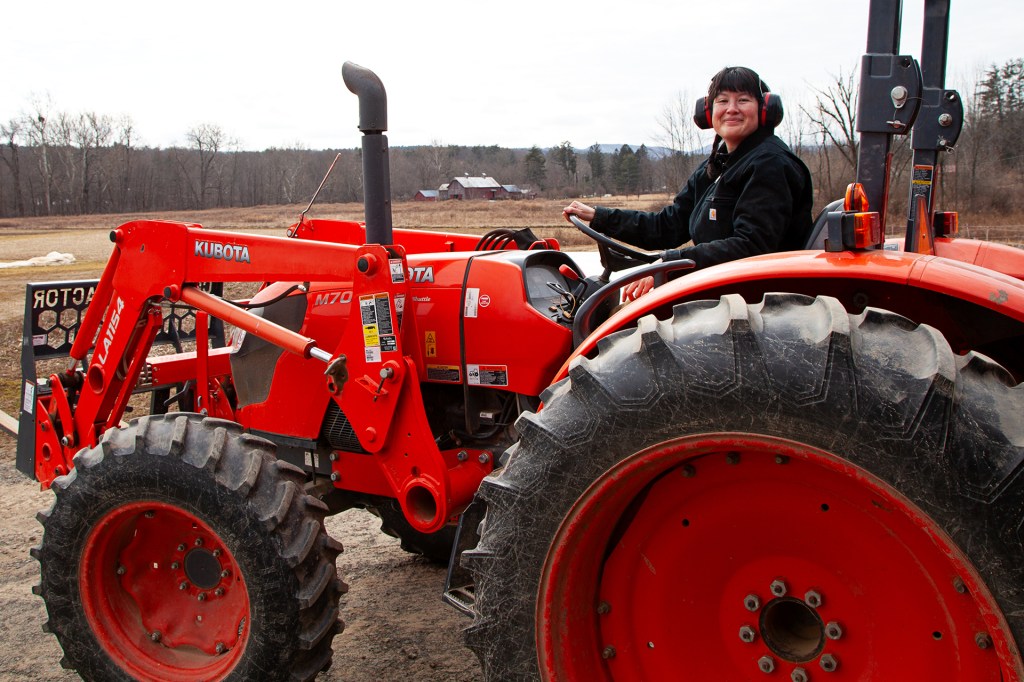Good Growing
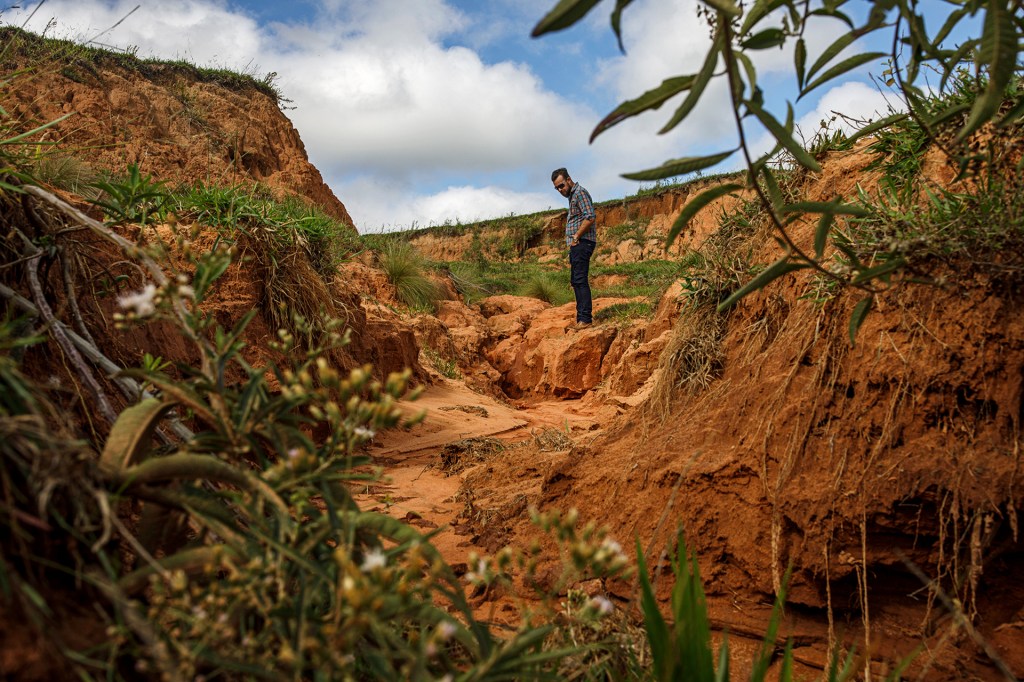
Biologist Paula Costa is standing in a bare field of red dirt in the São Paulo State, in Brazil. Five hundred years ago, this land was part of a rainforest called the Mata Atlântica. Today, nearly all of the forest has been cleared. Much of the land is used for monoculture farming, in which fields are planted with just one type of crop at a time. Costa beats the ground with her fist. The soil is hard and dry.
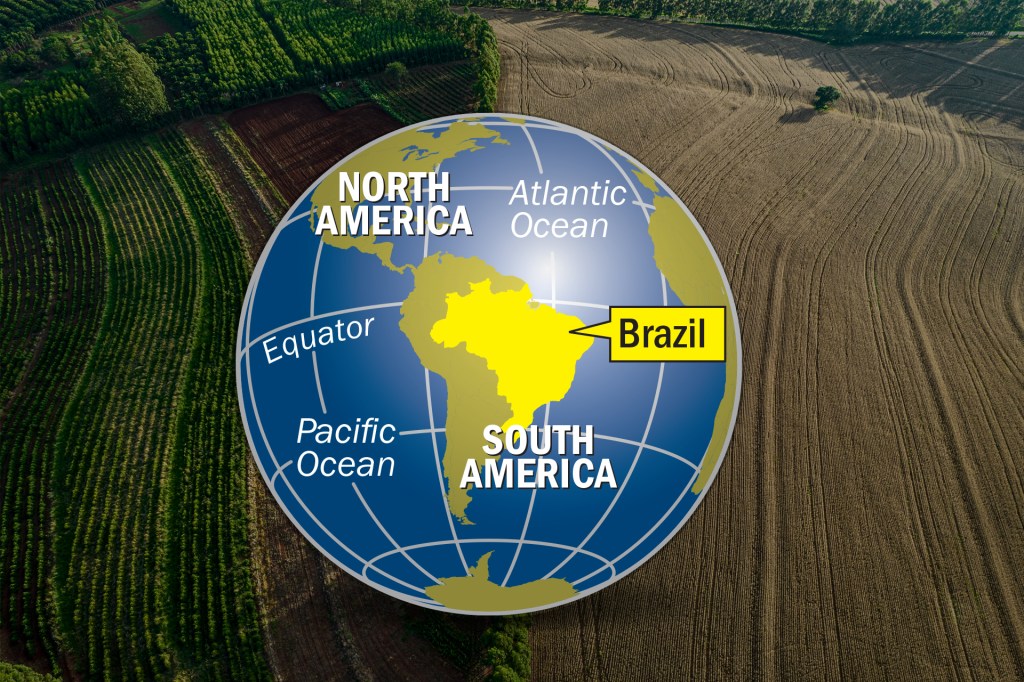
Yet a few green shoots have popped up. The rainforest is making a comeback. “These will be jack beans,” Costa says. “These are millet. These are radishes. They’re going to bring the soil back to life.”
This is not just a reforestation project. It’s also a farm. Soon, these crops will be joined by coffee plants and banana trees. There will also be native trees. As they grow, some plants will pull nutrients to the topsoil with their roots. Others will draw moisture from the atmosphere. “Everything has its function,” Costa says. Most of these plants will produce crops to sell.
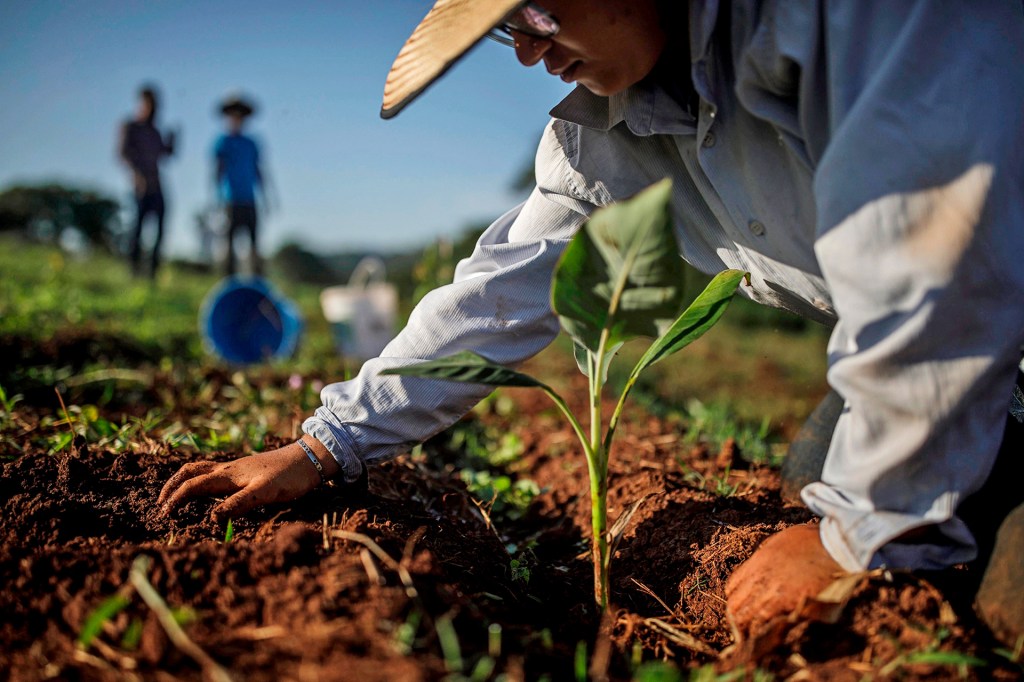
GROW ON Seedlings are planted as part of a Pretaterra project.
VICTOR MORIYAMA FOR TIMECosta’s partner, Valter Ziantoni, is a forestry engineer. Together, they run a project called Pretaterra, which teaches agroforestry, a method that copies natural ecosystems to grow food and other things people need. By 2025, the couple aims to spread this way of farming over a large part of the former Mata Atlântica.
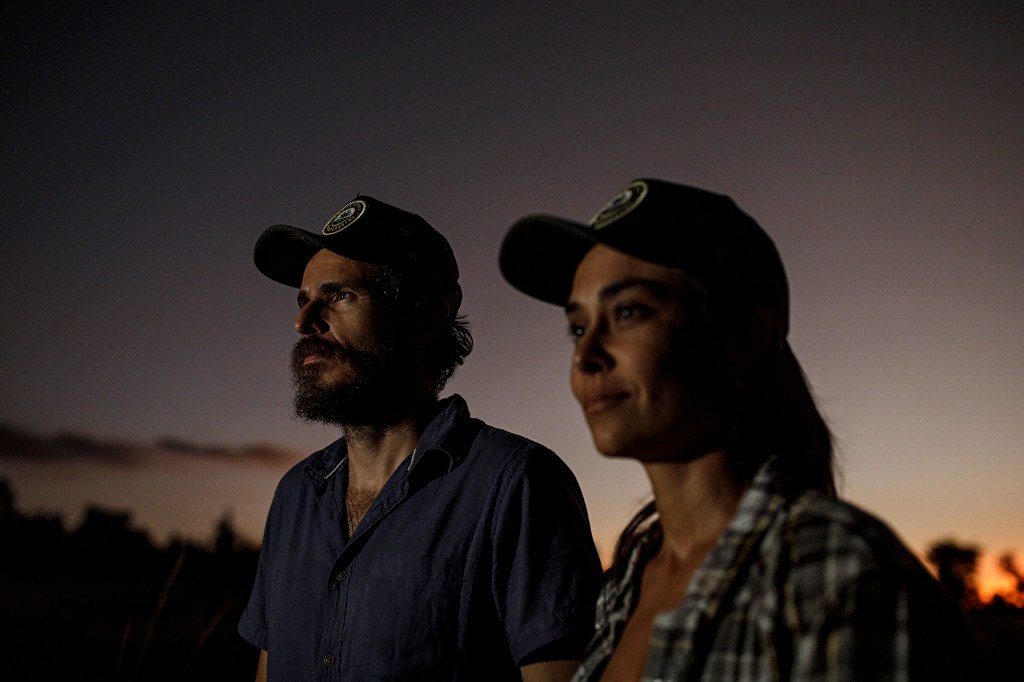
TEAMWORK Valter Ziantoni and Paula Costa are the couple who created the Pretaterra project.
VICTOR MORIYAMA FOR TIMEA Farming Solution
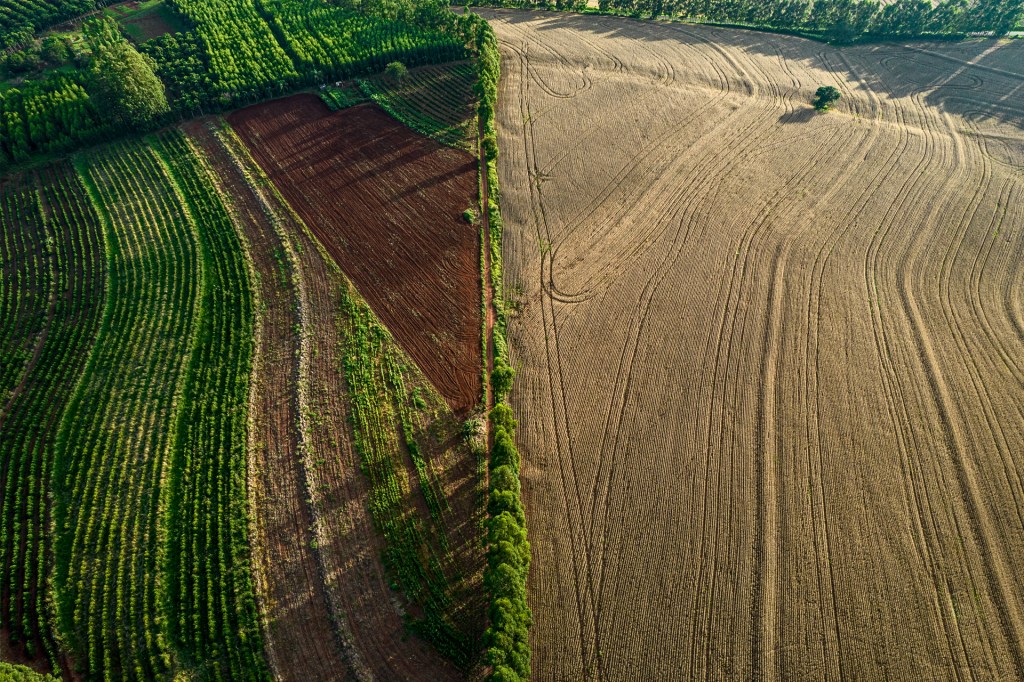
SIDE BY SIDE In Brazil, a Pretaterra agroforestry project sits next to a monoculture farm.
VICTOR MORIYAMA FOR TIMEAgroforestry is similar to how Indigenous people managed the land in Brazil long ago. But in the 20th century, the government began telling people to clear the rainforests and replace diverse landscapes with single crops. Farmers could earn money faster that way.
But this tree-clearing strategy has created problems. Brazil’s rainforests preserve the wet, stable climate that makes things grow. Trees take water into their roots, and release it when the air around them is hot. This cools the landscape. With fewer trees, Brazil has become hotter and drier, and that’s not good for farmers.
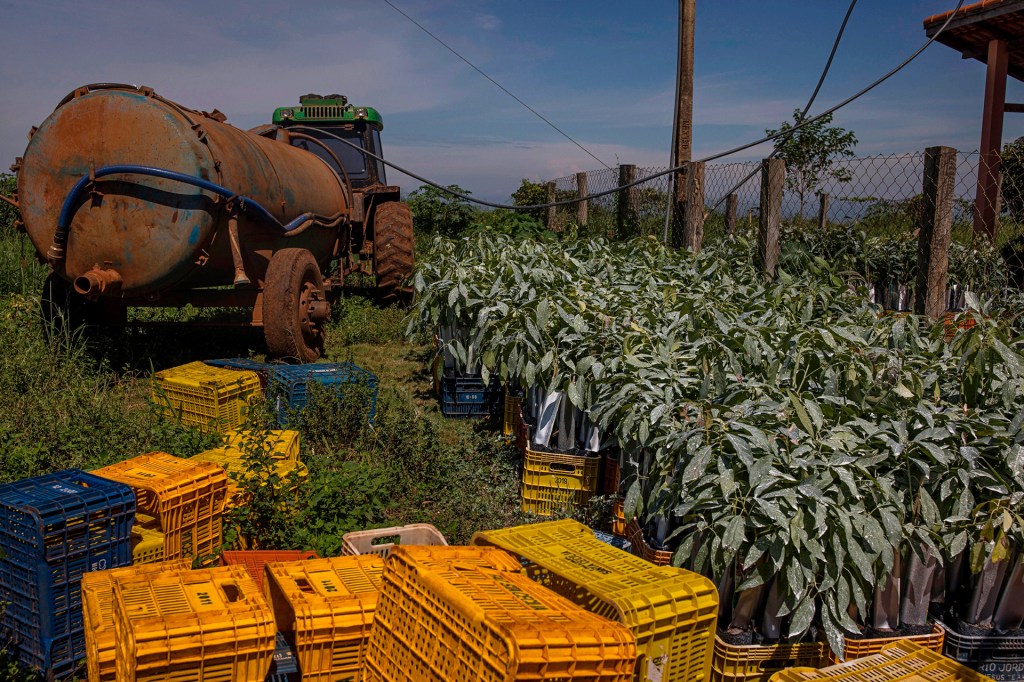
HOT AND DRY These avocado trees have sunscreen on the leaves to protect them from overheating.
VICTOR MORIYAMA FOR TIMEMore and more, farmers see agroforestry as the solution. Growing trees alongside crops is like installing an air conditioner and sprinkler system. Looking out over a green field, Ziantoni is excited. “We want our impact on the landscape to be as big as possible,” he says.
Making the Switch
Cecilia Whately is an avocado farmer. She’s been testing Pretaterra techniques, and is deciding whether to plant this way across her entire farm. It would reduce the amount of land for avocados and cut production at first, but Whately would gain a healthier crop and new products to sell. She might also fetch higher prices from European supermarkets that want food not linked to deforestation. “I’m really hopeful that it works, and if it does, others will copy,” she says.
Switching to agroforestry isn’t simple, but Whately says there isn’t much choice. Her farm is in São Paulo, a state bordering Minas Gerais State, one of Brazil’s biggest. Minas Gerais used to be covered by forest. “Now parts of it look like savanna
savanna
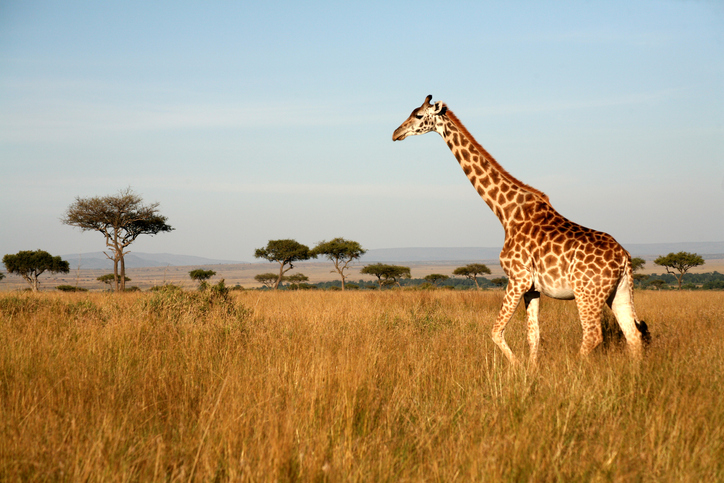 PAULBANTON—GETTY IMAGES
an area of grassland with few or no trees
(noun)
Across the savanna, we saw giraffes.
,” Whately says. “If we don’t do anything in the next 10 to 20 years to change, it will be the same here too: Everything’s going to be a savanna.”
PAULBANTON—GETTY IMAGES
an area of grassland with few or no trees
(noun)
Across the savanna, we saw giraffes.
,” Whately says. “If we don’t do anything in the next 10 to 20 years to change, it will be the same here too: Everything’s going to be a savanna.”
Changing the World
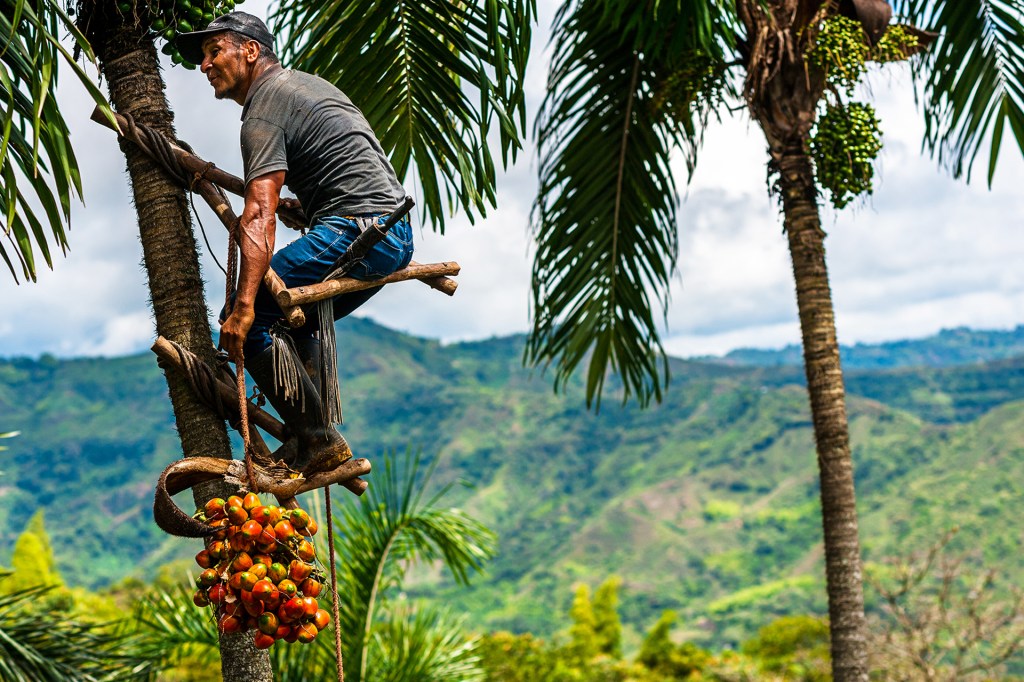
Agroforestry is gaining popularity in many countries, including Cameroon, in Africa; Colombia (pictured), in South America; and Indonesia, in Southeast Asia. Hundreds of small-scale agroforestry projects are popping up across Europe and the United States, too.
Brazil is at the forefront of this global movement. Valter Ziantoni is eager to teach people about this way of farming. He says, “We want to transform all the world’s agriculture
agriculture
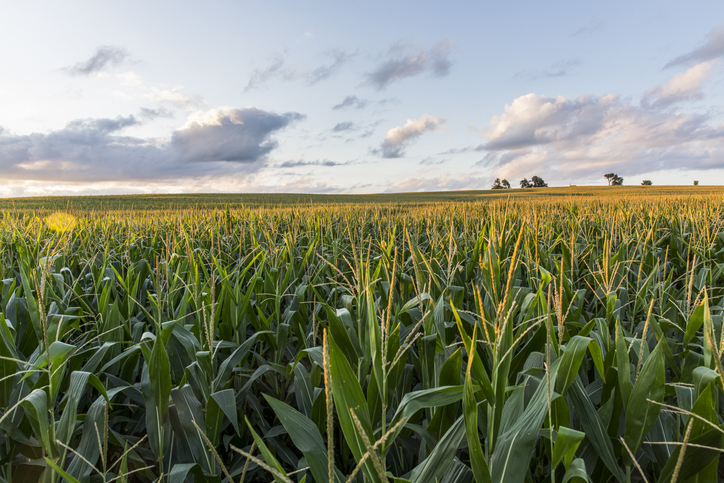 DAVID PAPAZIAN—GETTY IMAGES
farming
(noun)
There's a lot of agriculture in the Midwest.
into agroforestry.”
DAVID PAPAZIAN—GETTY IMAGES
farming
(noun)
There's a lot of agriculture in the Midwest.
into agroforestry.”




